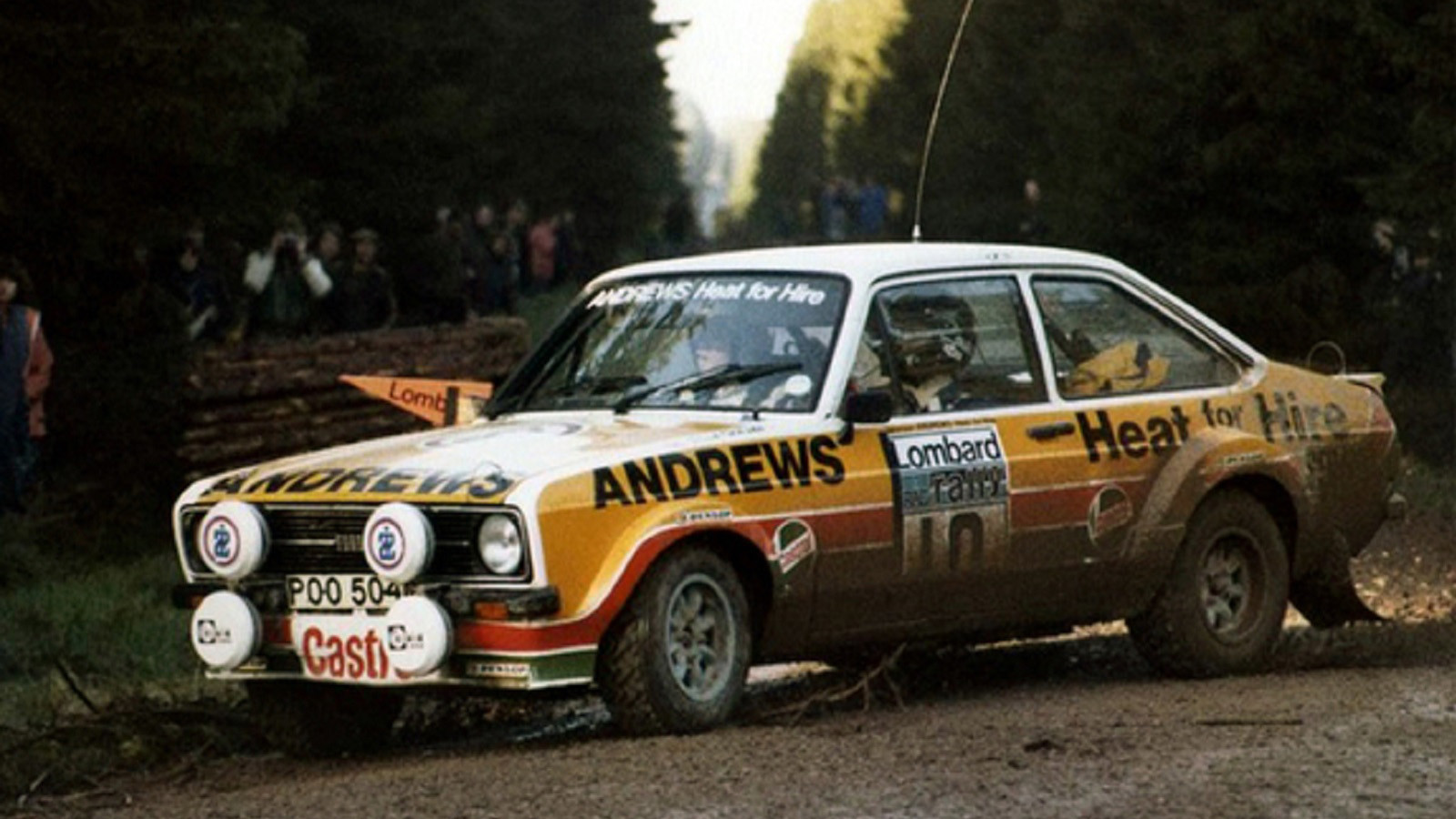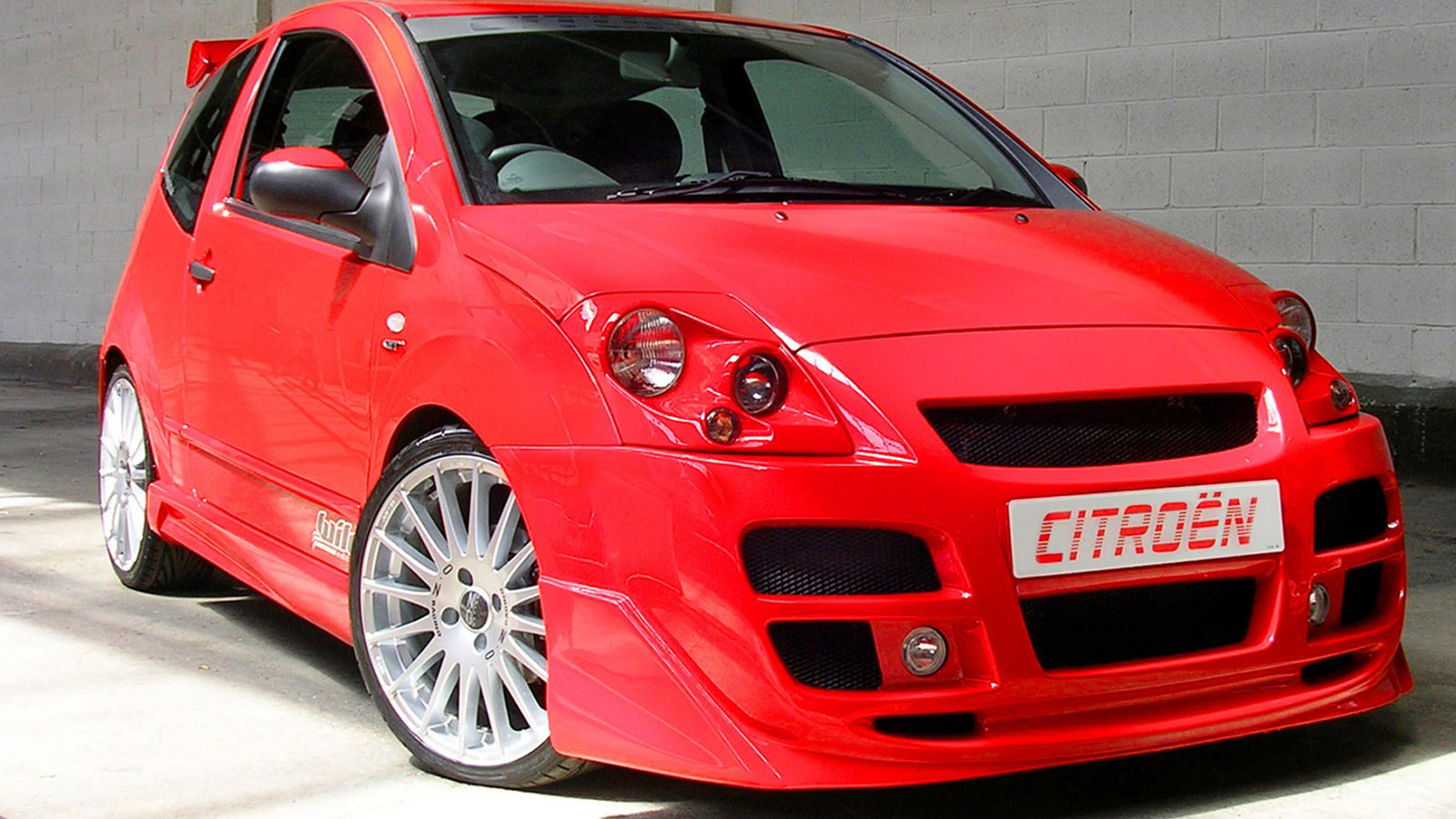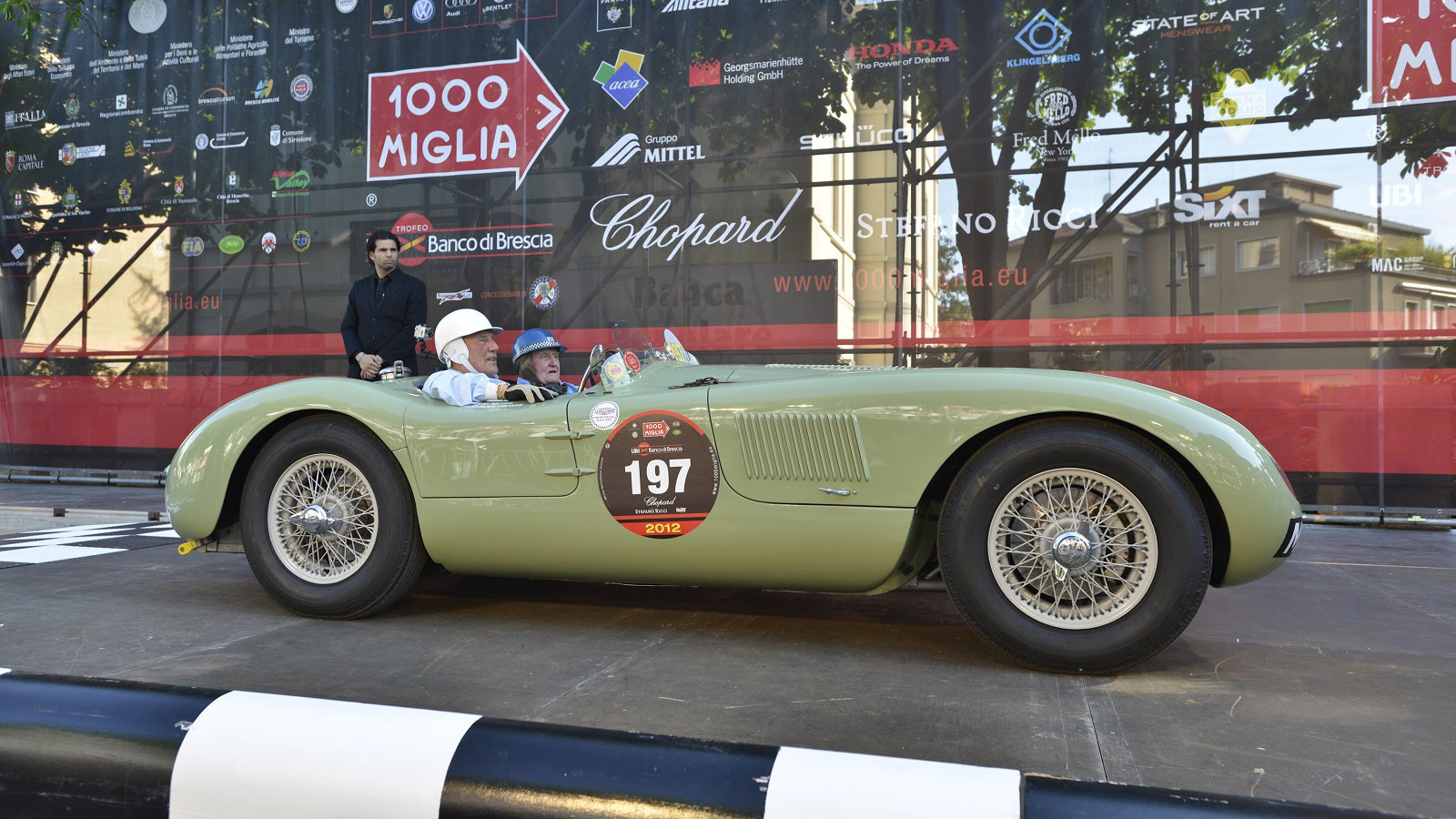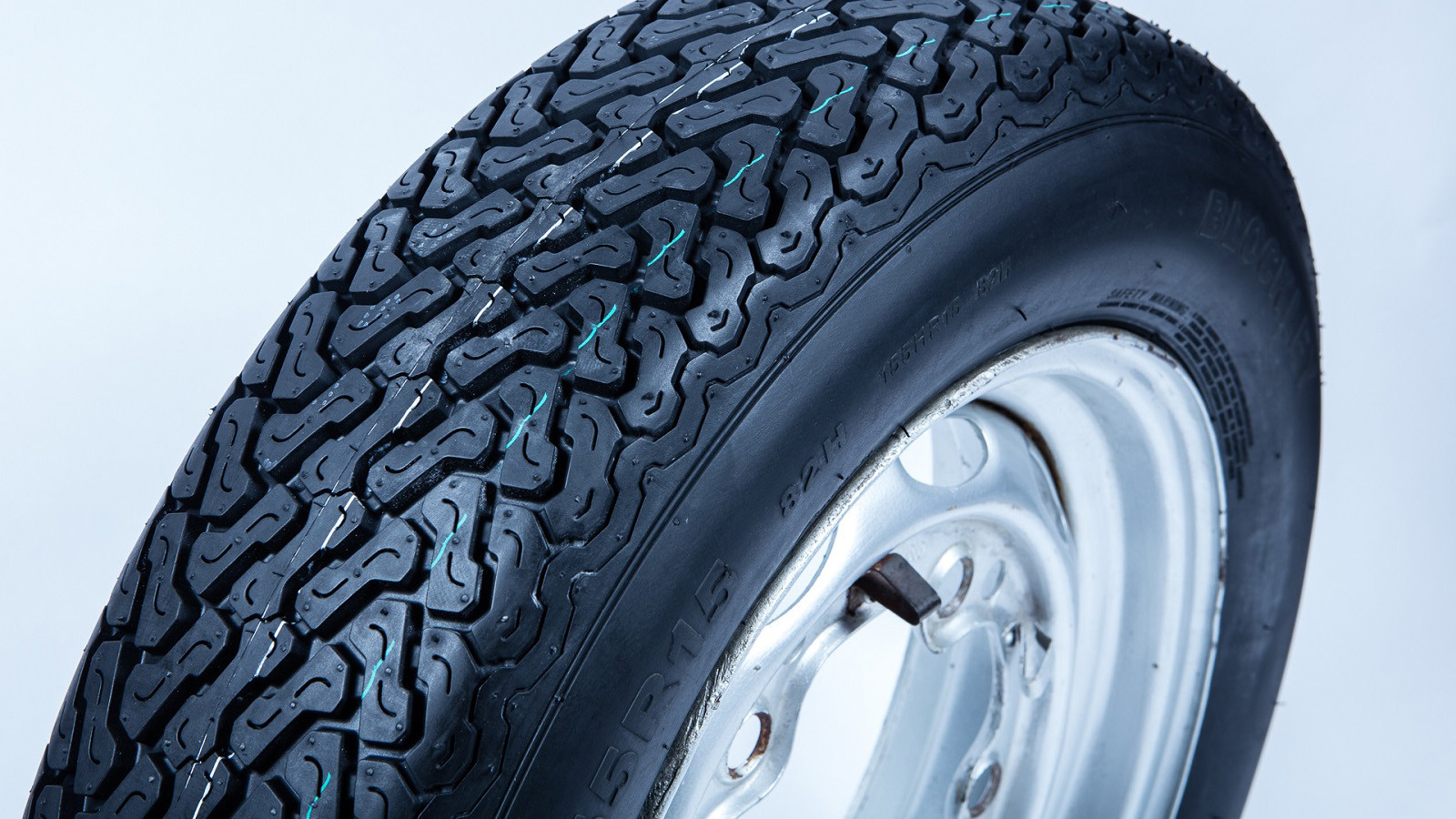-
 © John Bradshaw/Classic & Sports Car
© John Bradshaw/Classic & Sports Car -
 © Ford
© Ford -
 © Cape International
© Cape International -
 © Luc Lacey/Classic & Sports Car
© Luc Lacey/Classic & Sports Car -
 © Citroën
© Citroën -
 © GM
© GM -
 © Recaro
© Recaro -
 © Luc Lacey/Classic & Sports Car
© Luc Lacey/Classic & Sports Car -
 © Julian Mackie/Classic & Sports Car
© Julian Mackie/Classic & Sports Car -
 © Luc Lacey/Classic & Sports Car
© Luc Lacey/Classic & Sports Car -
 © Jaguar
© Jaguar -
 © Max Edleston/Classic & Sports Car
© Max Edleston/Classic & Sports Car -
 © James Mann/Classic & Sports Car
© James Mann/Classic & Sports Car -
 © Malcolm Griffiths/Classic & Sports Car
© Malcolm Griffiths/Classic & Sports Car -
 © Luc Lacey/Classic & Sports Car
© Luc Lacey/Classic & Sports Car -
 © Ford
© Ford -
 © Tony Baker/Classic & Sports Car
© Tony Baker/Classic & Sports Car -
 © Luc Lacey/Classic & Sports Car
© Luc Lacey/Classic & Sports Car -
 © Tony Baker/Classic & Sports Car
© Tony Baker/Classic & Sports Car -
 © John Bradshaw/Classic & Sports Car
© John Bradshaw/Classic & Sports Car -
 © Olgun Kordal/Classic & Sports Car
© Olgun Kordal/Classic & Sports Car -
 © Stage1.org
© Stage1.org -
 © John Bradshaw/Classic & Sports Car
© John Bradshaw/Classic & Sports Car -
 © Tony Baker/Classic & Sports Car
© Tony Baker/Classic & Sports Car -
 © Silverstone Auctions
© Silverstone Auctions -
 © Blockley Tyre
© Blockley Tyre -
 © Roman Rätzke/Classic & Sports Car
© Roman Rätzke/Classic & Sports Car
-
The good, the bad and the unusual of car modifications
Cars have been subject to modifications to improve performance for more than 100 years.
Some of these upgrades have been more successful than others, ranging from the cosmetically questionable to the mechanically ingenious.
Enjoy our list of car modifications that have been tried and tested over the years, presented in alphabetical order.
-
1. Alloy wheels
Alloy wheels for cars have been around since the 1920s, with Bugatti making a feature of them on its Type 35. However, as an aftermarket modification, alloy wheels didn’t really catch on until the ’60s.
Many early alloy wheels were used on race and rally cars, which inspired enthusiastic owners to adopt the same type of wheels to reduce unsprung weight for improved handling – and they looked great, too, which was a bonus.
One of the most popular early alloy-wheel options was the Minilite, which soon became the must-have add-on for any souped-up Mini, as well as many other cars for road or competition use.
-
2. Alternator
Upgrading to an alternator took off in the 1960s and has been a popular improvement on classic cars ever since.
By switching from a dynamo to an alternator, the broad benefits are a more powerful and consistent voltage supply for the coil, plus better spark at the plugs.
With a stronger spark, starting and running are improved, though converting from a dynamo with a positive earth to the negative earth of an alternator is more involved than a simple bolt-on job.
Alternators also tend to be more compact than a dynamo, saving weight and space in the engine bay.
-
3. Big bore
A bigger engine capacity means you can get a greater amount of fuel and air in and out, which should equate to a rise in power.
Rather than fitting a different engine, going for a rebore of the existing unit has long been a way to improve a car’s performance.
A big-bore upgrade removes material from the cylinder walls, giving it a greater volume. This requires a new piston to fill this space, so it’s never been the cheapest modification.
One of the most common big-bore conversions is for the Ford Crossflow engine, taking it to 1700cc.
However, auto makers and keen racers have long used big-bore engines to get as close to the maximum-permitted capacity for a competition class, to gain the most performance.
A bigger bore can also be combined with a longer or shorter engine stroke for the crankshaft, which further adds to the cost and complexity of this work.
-
4. Bodykit
As with many aftermarket modifications, bodykits followed the function of racing cars. In the 1960s, competition cars began to sprout wings and spoilers, so enthusiasts began to copy this.
Car makers also followed suit for their fast road cars, starting with modest upgrades like the rear spoiler for the Ford Escort RS 2000 Mk2.
In the ’80s, the popularity of the hot-hatch created a raft of aftermarket companies offering bodykits from mild to wild.
Companies such as Dimma, Kamei, Koenig and Zender offered fiberglass extensions to make your car stand out from the crowd, and everything from the humble Mini to a Ferrari Testarossa was fair game.
-
5. Hood scoop
The hood scoop has performed several tasks since it grew in popularity after the Second World War. It can be used to provide cooling air or to vent hot air, depending on which way the scoop’s opening is positioned.
It has also been used to give a ram-air effect to carburetors, with varying degrees of success.
Car makers have been using hood scoops since the 1940s, but the aftermarket caught on in the ’60s when fiberglass made it cheap and easy to add a scoop to your car.
Many scoops were inspired by drag racing, while more recently they have been used to feed air to the intercooler of cars with a turbocharged engine.
-
6. Bucket seat
As cars became faster and could corner more quickly, drivers demanded seats that would prevent them from sliding from side to side.
The bucket seat was the answer, because its scooped-out design with side bolsters held the driver securely in place.
This style of seat had been around since before the First World War, but it became a common modification in the 1960s alongside tuning road cars for improved performance.
German company Recaro claims to have offered the first road-legal bucket seat, when it launched its ‘shell’ seat in 1967, which went on to be used in many modified cars.
-
7. Camshaft
One of the most critical components in any engine modified for greater power is the camshaft.
It decides how long the inlet and exhaust valves are opened for, and it has a significant bearing on how the engine responds at different speeds.
Like most engine upgrades, installing a different camshaft is ideally done as part of a considered program of improvements to get the best from it.
Go for too extreme a camshaft and you can render your car almost undriveable at anything other than full throttle – ideal for racing, but not for normal road use.
Twin-cam engines became more common in the 1960s with cars such as the Lotus Elan, where two camshafts offered more control of the valves.
-
8. Carburetors
Changing the carburetors has long been one of the first things to do when modifying a car, and it’s one of the simplest because many upgrades can simply be bolted on.
Whether it’s going from a single carburetor to multiple carbs, or increasing the size of the carburetors, it can make a big difference.
By increasing the number or size of the carbs, you can get more fuel and air into the engine.
Along with other improvements, it can significantly up the power of an engine, as well as adding to the aural delights with induction noise.
-
9. Cylinder head
Ported, polished, skimmed, big valve, gas flowed – there are many ways to improve the performance of an engine’s cylinder.
Every permutation has been tried, with varying degrees of competence and success, by those looking to modify and upgrade their car’s performance.
The main function of the cylinder head is to control the mix of air and fuel entering and leaving the engine, as well as containing combustion.
The various methods mentioned above can allow more air and fuel to enter the engine, and mix more effectively, to create more combustion. The bigger the bang, the more power the engine produces.
-
10. Disc brakes
Disc brakes came to prominence when Jaguar used them to great effect on its C-type racing car in 1953. From then on, it became a modification for anyone serious about their car’s performance.
Uprating a car from drum to disc brakes was an expensive step in the 1950s and ’60s, but is now commonplace.
As disc brakes were quickly adopted by car manufacturers for the front wheels, car modifiers started to look at bigger discs for increased stopping power.
Rear disc brakes also emerged as a serious performance improvement over drums, thanks to the better fade resistance and heat dissipation of discs.
-
11. Exhaust
Possibly the most common modification for cars of any age is the exhaust.
Many modified exhausts do little other than make more noise, but a carefully selected exhaust will work wonders.
A great deal of science is involved in creating the ideal exhaust for any car and much depends on the engine’s state of tune.
This didn’t bother many aftermarket firms in the heyday of uprated exhausts in the 1980s and ’90s, where style and volume were the main aims.
Even so, a modified exhaust system can have a large influence on how the engine works, whether you want the quickest-revving motor possible, or one with plenty of low-down urge.
-
12. Limited-slip differential
As a means of preventing unwanted wheelspin, a limited-slip differential has long been the choice for those modifying their cars.
Opting for a limited-slip differential has always been a major step, because cost is a factor.
Ferdinand Porsche fitted a ZF limited-slip differential to the Auto Union Grand Prix car and the idea was then widely adopted in the 1950s, as production cars became more powerful.
Limited-slip differentials were a common modification for muscle-car owners in the US looking to compete in drag races. Elsewhere, this upgrade was used for race and rally cars.
-
13. Overdrive
Overdrive was originally intended as a means to make cars more refined and offer better high-speed cruising, by lowering engine revs at any given speed when it’s engaged.
Car modifiers cottoned on that overdrive also offered an extra set of intermediate ratios when most gearboxes came with three or four speeds.
With overdrive, you could have an added ratio on the top two or even three gears.
As five-speed gearboxes became common in the 1970s, overdrive swaps dwindled, but are now popular again with those looking to use their classic car on faster roads.
-
14. Plexiglas
Plexiglas is the trade name for the transparent acrylic sheets developed by chemist Otto Röhm in 1933. It was initially used for the cockpits of fighter aircraft and bombers to protect the crew.
The Plexiglas name has become a generic term for polycarbonate replacement windows for cars, rather than much heavier glass.
Polycarbonate windows are about a sixth the weight of standard glass items. However, the main reason for this upgrade has always been its resistance to shattering in the event of a crash, which is vital for competition cars.
-
15. Racing stripes
Racing stripes were originally used to identify cars at a glance, with the Cunningham team using them as early as 1951.
The motorsport connotations of stripes quickly took hold with auto makers and modifiers, with everything from factory muscle cars and petite Renault 8 Gordinis adorned with these racy markers.
Such stripes have remained a constant of car modifications ever since, helped by them being easy to apply and because they personalize a car.
-
16. Rear-window louvers
The transition from effortlessly cool slats on the Lamborghini Miura to stuck-on modification was swift for rear-window louvers.
The idea of these slats was to keep the interior of the car cool and reduce glare, while still allowing good rear vision – as here on this Lancia Stratos.
By the early 1970s, rear-window louvers were a common sight tacked on to many otherwise humdrum sedans, adding neither style nor practicality.
-
17. Reduce weight
Shedding weight from a car is one of the oldest and most effective means of improving performance, and it often costs nothing.
Among the most simple and easy weight-shedding moves is to ditch a car’s bumpers, along with the spare wheel, rear seat and other unnecessary items.
Many Specials have taken this mantra to extremes with holes drilled in any available section of metal to cut weight, while others have used lighter panels made of aluminum, fiberglass or even carbonfiber.
-
18. Rev counter
A rev counter was not a common dial in car dashboards until the 1990s, so it was a clear signal of a keen driver to have one in any car.
If a tachometer wasn’t fitted, plenty of aftermarket companies would supply one to keep track of engine revs.
The original idea of a rev counter was to avoid over-stressing the engine, but it morphed into a handy at-a-glance guide to where an engine’s power was and when to change up a gear.
-
19. Spotlights
If you were rallying a car, a bank of front spotlights and an additional reversing lamp were vital for night driving, but maybe not so essential for tackling the local bypass.
This didn’t stop spotlights from being a must-have modification for decades – and they adorned everything from Minis to Porsches.
Well set-up spotlights could offer vital extra vision in the dark, but most aftermarket add-ons did little except dazzle oncoming vehicles and add unneeded extra weight to the front of the car.
-
20. Steering wheel
A steering wheel provides an essential link between driver and car, so it’s no wonder there have been many attempts to modify them.
Early efforts included wrapping the steering wheel’s rim in string or leather to give the driver better grip.
Later, smaller steering wheels became common, because they gave the driver a more direct sensation of what the front wheels were up to.
Different shapes, thicknesses and the number of spokes have all been tried as ways to modify the steering wheel, yet simple, unadorned designs have remained the most enduring.
-
21. Strut brace
Making a car’s structure more rigid helps improve the response of the steering and suspension, by stopping the body from flexing under load.
The idea started in motorsport where a strut brace had a very practical function. For most road cars, the strut brace became more of a nod to the owner’s sporting pretensions.
For those wanting to drive their car on track, a strut brace was and remains one of the most cost-effective and simple modifications to improve a car’s handling.
-
22. Supercharger
The supercharger came to prominence as a means to uprate a car after the First World War.
By forcing more air into the motor, an engine-driven supercharger could boost performance across the whole rev range.
Many sports cars were modified with a supercharger in the interwar years and in the immediate post-war period.
In the US, the supercharger became an essential upgrade for those competing in drag racing and speed events.
The easy availability of superchargers in the US after the Second World War made it the go-to upgrade for those seeking a simple and substantial increase in power.
-
23. Suspension
Owners have been modifying the suspension of their cars since the 1920s, but things really took off with the boom in Specials after the Second World War.
As well as home-brewed improvements, there were also kits such as the ones sold by Lesley Ballamy for Austin and Ford chassis.
As suspension design improved from car makers, the aftermarket moved in to offer lower, firmer set-ups for a sportier drive.
Not all were successful, but many did provide an improvement, including even for the Rolls-Royce Silver Shadow thanks to a Harvey Bailey kit that reduced body roll while offering more comfort.
-
24. Turbocharger
Turbocharging was first seen on cars in the 1960s, but it wasn’t until the ’70s that it gained wider recognition with the likes of BMW, Porsche and Saab adopting it.
In the 1980s, turbocharging became the darling of auto makers and it was a popular modification for cars that did not leave the factory with this forced-induction system.
All sorts of models proved ideal for turbocharging, from the Mini Metro to the Mazda MX-5, though the best were those converted by companies such as BBR and Turbo Technics.
-
25. Tires
Sometimes forgotten about in the rush to find more power from an engine, changing tires is a key modification that can have a big effect.
As a performance upgrade, most drivers have looked to tires with a grippier compound and, in many cases, wider tread to put more rubber on the road.
For some earlier competition cars, this meant running with twin wheels on the driven axle.
As technology improved, so did the choice of tires for those wanting to modify their cars. And because tires wear out and must be replaced, it’s also a modification that almost any car owner can indulge in.
-
26. Wing
A wing is not to be confused with a spoiler, with the latter designed to reduce aerodynamic drag. A wing’s purpose is to increase downforce as air passes over it.
Wings were not universally accepted at first when they began to appear in Formula One in the 1960s, but their benefits soon overcame any skepticism.
Road cars followed suit, such as the Plymouth Superbird, and soon wings were sprouting from every local accessory shop to adorn all manner of models.
The not-so-aerodynamic downside of this was that most aftermarket wings created more drag than downforce, slowing a car down while adding nothing to its driving ability.
